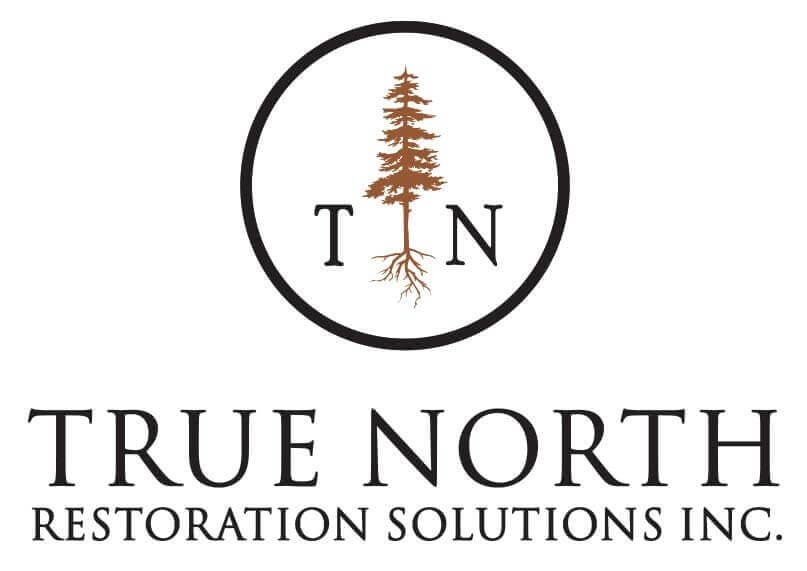What Goes Between the Logs in a Log Cabin?
History of Log Cabin Construction
Log cabins exude a warm, rustic charm that captures the essence of nature’s embrace. However, beneath the alluring exterior lies a meticulous construction process that ensures the longevity and structural integrity of these iconic dwellings. One crucial aspect of log cabin construction is the material that goes between the logs, a vital component that not only enhances insulation but also protects against the elements. In this comprehensive guide, we’ll explore the various options and their respective merits, empowering you to make an informed decision for your log cabin project.
The Importance of Insulation Between Logs
Insulation plays a pivotal role in log cabins, ensuring optimal temperature regulation and energy efficiency. By filling the gaps between the logs, insulation minimizes heat loss during the colder months and prevents excessive heat gain during the warmer seasons. This not only contributes to a comfortable living environment but also translates into substantial energy savings over time.
The Classic Choice: Chinking
- Chinking is a traditional method that involves packing a mixture of materials, such as clay, lime, and sand, between the logs.
- This time-honored technique has been used for centuries and offers an authentic, rustic appearance.
- Chinking requires regular maintenance and may need to be reapplied periodically to maintain its integrity.
The Modern Alternative: Insulation Strips
- Insulation strips, often made of foam or fiberglass, provide a contemporary and low-maintenance solution.
- These strips are designed to fit snugly between the logs, creating an effective barrier against air infiltration.
- Insulation strips offer superior insulation properties and are typically easier to install than traditional chinking.
Factors to Consider When Choosing the Right Material
When selecting the material to go between the logs, it’s essential to consider several factors to ensure the best possible outcome for your log cabin. For any guidance on log home chinking, our Owner, Brad, would love to discuss your project in more detail.
Key Considerations
- Insulation Performance: Evaluate the R-value (thermal resistance) of the material to determine its insulation efficiency.
- Moisture Management: Choose a material that allows for proper ventilation and moisture control to prevent rot or mold growth.
- Aesthetic Appeal: Consider the visual impact of the material and how it complements the overall design and style of your log cabin.
- Maintenance Requirements: Assess the long-term maintenance needs and associated costs of the chosen material.
- Environmental Impact: Opt for eco-friendly and sustainable options whenever possible.
FAQs about Log Cabin Insulation
Can I use regular insulation batts between the logs?
While insulation batts can be used, they may not provide an airtight seal and could be susceptible to moisture damage. Specialized insulation materials designed for log cabins are generally recommended.
How often does chinking need to be reapplied?
The frequency of chinking maintenance can vary depending on factors such as climate, exposure to weather, and the quality of the initial application. As a general guideline, it’s advisable to inspect and potentially reapply chinking every 5 to 10 years.
Can I install insulation between the logs myself?
While it is possible to install insulation between the logs as a DIY project, it’s recommended to seek professional guidance, especially for larger or more complex log cabin structures. Proper installation is crucial for ensuring optimal performance and longevity.
About the Author
This blog post was crafted by True North Restoration, a company that specializes in log cabin construction and restoration. With over 30 years of experience, Owner Brad Schultz and his team have garnered a wealth of knowledge and expertise in this niche field. Their commitment to quality and attention to detail has made them a trusted name in the log home restoration industry.
